In this paper we explore the social dimension of sustainability in Circular Economy. Considering that the three known pillars of sustainability (social, environmental and economic) may have competing agendas and priorities, we argue that Circular Economy has a potential to act as a mitigation mechanism and offer a common ground so that these orthogonal pillars will be able to coexist in a corporate setting. We conject that attribution is a key concept in understanding the antecedents and factors affecting the adoption of Circular Economy strategies and policies within an organization. Following a review of the current state of research in attribution theory, we develop an operating model proposition in the context of Circular Economy.
Keywords— attribution theory; circulytics; operating model
I. INTRODUCTION AND MOTIVATION
Nowadays, Circular Economy (CE) is a term which is increasingly referenced and rehearsed in many venues. It has found its way to top policy making thinktanks and groups, global leading events, but also in popular access forums and this is because its primary goal is in essence one of the challenges of the 21st century: sustainability. CE is the overarching paradigm in delivering sustainability as it cuts across all three pillars, namely social, economic and environmental. However, it has been realized in numerous studies [1] [2] that conflicts can occur when attempting to deliver sustainability across the board.
This paper focuses on the social and human aspects of the origins of conflicts that impact the adoption of CE. Reflecting upon the prominent theories on attribution in the HR literature, an operating model is proposed.
The rest of the paper is structured as follows. Section II outlines the motivation of adopting attribution theory in CE. Section III presents challenges in adopting CE policies, mainly from the view of individual’s perceptions and expectation. In Section IV the proposed attribution-centric operating model is elaborated, followed by the concluding remarks in Section V.
There is an ongoing and steadily rising culture towards sustainable and equitable development. On a weekly basis – if not more frequently – the media and news coverage include discussions, debates and updates on climate change and how this is adversely affected by the human interventions on nature and the planet. As an attempt to slow down or even reverse the direction towards the “point of no return”, a considerable amount of hope and effort is placed on Circular Economy. The European Commission in a recent decision have erected Circular Economy as the number one priority [3] to deliver the so-called European Green Deal [4] aiming to achieve net-zero carbon emissions by 2050.
However, the transition to a green, Circular Economy comes with its own non-trivial challenges. A key observation and potential impediment, as identified in a recent study by the European Commission’s Directorate-General for Research and Innovation [5], is the externalities of, and temporal dependencies with the prevailing linear economy. This fuels a perceived high risk when considering CE investments.
The Ellen MacArthur Foundation is among the pioneers in research and innovation in CE. The institution has recently published “Circulytics” [6], a tool intended to be used in measuring the progress and maturity level of a company transitioning to CE. It aims to assess the organisation as a whole and to establish if it has achieved circularity across its entire operations. Despite its relatively short life span, at the time of writing this tool has already been adopted by over 500 companies, showing the urgency and need of having a CE measurement tool. It comprises of 33 questions/enabler indicators spread over 7 “Themes” [7]. Theme 3 in particular focuses on people and skills, composed of the following three questions:
- To what extent are your circular economy strategy and implementation plans communicated internally?
- To what extent do you offer circular economy related training?
- In which functions do you have at least half a full-time equivalent role dedicated to circular economy implementation (can be distributed amongst multiple individuals)?
Although these questions can undoubtedly answer the company’s intentions and engagement in a CE strategy, they are not designed to measure the actual effectiveness of the adoption and level of acceptance of the employees.
In this work we pivot on the above questions to dig deeper and explore the actual factors and antecedents that drive and influence the employees’ adoption of CE.
II. USE CASES
To illustrate the above, we consider two use cases, a city and a sustainable building. The rationale for this is to highlight and appreciate the complexities, contextual and environmental interdependencies between the different domains; the organization’s social and environmental responsibilities are both influenced by and affect the immediate environment. A sustainable building should consider its surroundings, placement – particularly if it is located in an urban space. In this case, the social impact will be as important as the environmental impact, as the users of the building may also be the citizens.
A. Sustainable city: Barcelona
Barcelona is a representative case of a city’s long journey and endeavour to become smart and solve sustainability challenges. Although Barcelona was among the early adopters of the sustainable city paradigm dating back to the 1990s [8], the substantial investments in implementing data-driven smart city technologies appeared in 2011. Barcelona initially approached the Smart City concept with top-down initiatives, which partially failed to involve citizens in the transition processes [9]. However, in 2015 the new Chief Technology and Digital Innovation Officer of Barcelona evaluated the achievements of the previous strategy and set new goals [10]. The main objective of the new strategy was the creation of a data-centric digital economy with direct involvement and collaboration with citizens in data collection and management, as well as decision-making on local issues. Moreover, but equally important in that strategy, was the protection of the citizen’s data and the concession of digital sovereignty to them [11].
As such, the turning point of Barcelona becoming a smart city success story was the inclusion and participation of the citizens who were proactively involved in the decision making processes of the smart city programs. A representative example is the Smart Citizen Kit where citizens are an integral part of the environmental data collection process, as they contribute with valuable data (air composition, temperature, light intensity, sound levels, and humidity). Barcelona’s citizens can proactively participate through an evoting system that essentially allows people from all backgrounds an opportunity to shape city policy and programmes, and identify better and more innovative ways of interacting with the city services and infrastructure [12].
B. Sustainable building: “The Edge”
The term smart, circular city refers to a city where the concept of CE is applied in areas such as waste, commodities and energy management in a smarter and more efficient manner; resulting in better urban environment, new business models, innovative ideas, new alliances and cooperation between different stakeholders [13]. One of the most vital components of a circular city is the buildings the citizens live and work in. It was estimated that in 2010 the 40% of finite resources were not recycled or reused at the end of life of a building [14] and at the same time construction industry consumed the 32% of global energy [15].
In light of the above, and with respect to one of the five priority sectors in the European CE package (Bourguignon, 2016), many EU and non-EU international companies are adopting the CE model to either redesign existing buildings or build new more efficient and sustainable office spaces [16].
The most celebrated circular office building to date is the “The Edge”, designed and built for the headquarters of Deloitte in Amsterdam [17]. “The Edge” is located in Zuidas business district in Amsterdam and, according to the British rating agency BREEAM, has the highest rating awarded to an office building with a score of 98.4% [18]. The building has been constructed with state-of-the-art sustainable materials and techniques, which makes it not only energy neutral but also energy positive [18].
In addition, according to The European Portal for Energy Efficiency in Buildings [19] the building is arguably the most intelligent office building in the world with 28.000 sensors, a radical new business model and a new way of working and interacting between employees and managers.
III. CE ADOPTION CHALLENGES
The significance of attribution in CE can be illustrated through the interpretations and stance people have towards the domains CE interacts with. Some key challenge areas are outlined below.
A. Citizen participation, inclusion and engagement
Deeply buried among the primitive functions of humans lie the operations responsible for constructing stereotypes and patterns. These are particularly useful when trying to cope with information overload (which is even more intense in today’s social media driven world) and efforts to understand the world [20]. As a consequence of this feature of human nature is the instinct to maintain a constant, a point of reference, which often manifests as resistance to change. Over the past decades, the journey from the industrial to the information revolution was catalyzed through many instances of disruptive innovation, but all steadily following the linear economy (LE) paradigm. Cities were built and governed under the make-use-dispose assumption; forests were claimed and replaced by human made structures. However, the overpopulation of the planet and the evidence of ongoing urbanisation, where in 2050 over 75% of the world’s population will reside in cities [21], will make the current linear economy-based governance model unsustainable.
The stereotyped view of a city, its functions, the interaction and even the nuances constitute potential obstacles. Citizens for example expect that the bins will be collected on a predefined schedule, irrespective of the level of waste these bins may contain; they expect and many have come to terms that in order to commute to work they will take part and contribute to a traffic jam, even if sometimes other options may be available – this is acceptable somehow if one lives and works in a city. The transition towards a smart city in many cases has been treated with skepticism. Barcelona’s early attempts to become a smart city were not successful as did not consider citizen participation. In addition, it is expected that a new technology may not be accessible to all citizens, if such technologies are not designed with inclusivity in mind.
Moreover, the human’s affinity to the LE seems to be much deeper and esoteric, as this reflects our notion of mortality – a human like all living beings is born, lives and dies. For as long as the LE is in focus, people projected their mortality to the materials they use, buying things that they need and dispose of them as soon as they are not useful anymore [22].
As such, expecting to be more altruistic on a much greater scale is certainly a significant challenge.
B. (Economic) Models
The development of any model to study a particular system (be it financial, economic, physical or other) is typically based on a set of assumptions and an “allowed range” of values which is either explicitly or implicitly set. If either the assumptions do not hold or the values are not within the valid range, then the model cannot perform as envisaged. With regards to the current economic models, most of them are tuned and compatible with the linear economy context. In essence, circular economy is considered as an “outlier” and any analysis using such models that inadvertently will require a ceteris paribus approach to handle the complexity and number of underlying variables may lead to wrong conclusions.
Failures attributed to model miscalculations or errors due to limitations on theoretical assumptions are not new. A representative example is Jevons paradox which is well known in environmental economics [23]. According to Jevons, when technological progress or government interventions increase the efficiency with which a resource is used (and therefore expect to achieve a decrease in the rate of consumption of the resource), the actual rate of consumption of that resource increases due to the increasing demand. In other words, the efforts made by some to reduce consumption can encourage others to increase consumption. Jevons paradox is often witnessed in computing; the more capable and efficient computer hardware becomes, the more “greedy” the software, operating systems and users become.
C. Plastics
Although plastics is one category among many in the topic of waste management, we single this out as it is often used as an exemplar for illustrating the challenges of waste management and people’s attitude towards it. While the word plastic has a negative connotation from an environmental perspective, it should be noted that this material is not really the root of the problem, but rather how it is used. Plastic is a great material, relatively cheap to manufacture, durable, offering electrical and thermal insulation, and relatively strong compared to its unit weight. Using plastic to create structures, build, furniture, tools, etc. is desirable. However, single use plastic on the other hand is environmentally disastrous; the oceans are primarily flooded by bottles, packaging and plastic bags [24]. In the urban context, the use of single use plastic is accelerating together with the urban population; people buy more food on the go, more coffee and many more in an urban environment rather than in a rural area [25].
D. Current policies, regulations and legislation
While there is an ongoing and relatively intense activity in developing policies to support the transition to a CE, in the intermediate period where both LE and CE co-exist, the former dominates the latter. This can cause adverse effects and potentially lead to paralysis if CE practices are unregulated or implemented within the LE context. As an example one can discuss the Gig Economy model which is a particular instantiation of the CE concept, but implemented without the necessary changes in regulations in the two most representative business models of Uber and Airbnb [26]. Gig Economy refers to a “labour market characterised by the prevalence of short-term contracts or freelance work, as opposed to permanent jobs” [27]. The idea behind Gig Economy is to respond to the ever changing labour market landscape by offering flexibility to both workers and employers to seamlessly match skills, needs and availability of workers by effectively tailing the supply and demand; on paper this would seem as a win-win situation [28]. However, the main legislative issue with the GE scheme is that the legislation did not consider the workplace rights of the individuals who are in most cases considered as freelancers rather than employees and as such their rights are considerably reduced. As a result, in practice any issues and disputes are resolved through tribunals [29].
The above challenges can be combined in a single narrative to showcase their importance and subtle interdependencies as follows. Consider an unplanned transition towards a circular economy, where all single use plastics are recycled. Assume that the people are educated and trained to recycle every single item of single use plastic they buy and there are incentives in doing so. If all the above aspects are not aligned and orchestrated under a common framework, then the resulting consequences may be towards the opposite direction. For example, one cannot expect that the CE ecosystem would be sustainable if it is constantly fed with plastics that are always recycled and there is no control in the supply. If we examine the underlying CE model from a thermodynamic perspective, we would establish that the system will increase its entropy until all the trapped “energy” will not be of any use; in other words, the world will be overwhelmed by “non-rubbish” plastics. As such, the participants will need to be trained to reduce the consumption rather than expect to use the plastic in the first place with the expectation that it will end up in the recycling bin and feel good about it.
IV. AN ATTRIBUTION-CENTRIC OPERATING MODEL
At the heart of the concept of attribution theory lies the affirmation that people are on a constant quest to explain events that they encounter [30]. Attribution theory has been developed in order to attempt a better understanding of the ways HR practices influence outcomes, and there has been a growing interest on how the employees are adopting changes in an organisation [31]- [34].
The proposed operating model for attribution is presented in Fig. 1. The CE practices represent the elements of policies and strategies adopted by the organisation. In [35] the socalled ‘10Rs’ representing the respective strategies for CE are outlined: Refuse – Rethink – Reduce – Reuse – Repair – Refurbish – Remanufacture – Repurpose – Recycle – Recover. These strategies are translated into policies and procedures that can be measured through the application of circulytics.
The communicating processes are also a key structure in the operating model. The communicating processes refer to how well (or poorly) strategies and policies are communicated to the employees. According to [36], there are three features – referred to as types of covariation information – that can be used to measure a manager’s behaviour. The first is distinctiveness, referring to the extent to which a person behaves across similar situations. If for instance a person behaves in the same way both home and at work, this would show a low level of distinctiveness and this would be considered by an observer as an internal attribution. The second is consensus that measures the degree to which people agree on the behaviour of a particular individual – in this case the manager. If employees all agree that the manager is, say, irritable as a person, this would show a high level of consensus and therefore make an internal attribution. The third is consistency which refers to the belief on how consistently the individual behaves in different incidents of the same or similar situation.
A CE policies system may be assumed to be a strong one (i.e., it successfully sends its signals to employees) in case it satisfies the three features of distinctiveness, consistency, and
consensus [31]. A strong CE policies system produces a shared meaning about CE among the employees, thus shaping common employee attitudes and behaviours, which in turn influence organizational goals.
Taking into consideration the above, it can be seen that the relevant circulytics question, even if answered in the same manner across different organisations or even by different departments of the same organisation, would not necessarily reveal any information on the successful adoption of the CE policy. In fact, by observing the types of multiple choice answers specified in the circulytics tool for this particular question, it is clear that the focus is on the top-down communication of the CE policies through the organisational hierarchy [7]:
To what extent are your circular economy strategy and implementation plans communicated internally?
- Not communicated
- Conceptual basis of circular economy vision and strategy communicated internally with heads of business units or equivalent
- Heads of business units or equivalent actively engaged during the development of the circular economy strategy plans and implementation plans
- Implications of circular economy strategy and implementation plans for individual business units or equivalent communicated internally.
- As above AND role and responsibilities implications communicated internally.
The “employee attributions” is the core component of the model. This component refers to the explanations and internalisation the employees make, following the “signals” they receive from the CE policies. In other words, they make attributions by trying to interpret these signals. In an organisational setting [37] proposed a typology of employee attributions distinguished into business goals oriented (referring to attributions that the new policies aim at quality enhancement and cost reduction) and employee philosophy oriented (referring to attributions that the new policies aim at either improving employee well-being or promoting employee exploitation).
The employee attributions act as a mediating mechanism in the relationship between CE practices and employee attitudes and behaviours. Employee attitudes are usually described by employee motivation and commitment, whilst employee behaviours are usually described by work engagement and organizational citizenship behaviour (OCB).
In strong CE systems employees perceive events the same way, and thus they make uniform expectations about their attitudes and behaviours. On the contrary, in weak CE systems employees experience a high degree of ambiguity regarding what the appropriate attitudes and behaviours should be. Accordingly, the strength of a CE system acts as a moderating mechanism in the relationship between CE practices and employee attitudes and behaviours [38].
In summary, the proposed operating model explains the serial relationship between “what” is CE policies, “how” CE policies are communicated, “why” employees may differently perceive the signals send by CE policies, and which will be the “outputs” of the whole processes. However, both the effects of the mediating mechanism of employee attributions and the moderating mechanism of CE policies strength in this serial relationship may be influenced by organizational and individual controls.
V. CONCLUSIONS AND FUTURE WORK
The transition from the linear to circular economy has become a top priority item in the agenda of many businesses. Whilst state of the art tools and practices in support of this transition are becoming readily available, a significant challenge surrounds the level of receptiveness of the employees. In an attempt to measure the level of adoption of a CE policy within the organisation, we propose an operating model that considers communication practices as a moderation mechanism and attribution as a meditation mechanism. These two constructs are along the path of CE policies and employee attitudes and behaviour to these policies. By fusing the recently developed circulytics with the mature domain of attribution theory, we intend to apply the proposed model on a range of organisations.
ACKNOWLEDGMENT
This work has been partially supported by IDEALCITIES; a European Union’s Horizon 2020 research and innovation staff exchange programme (RISE) under the Marie Skłodowska-Curie grant agreement No 778229 and CE-IOT; a European Union’s Horizon 2020 research and innovation staff exchange programme (RISE) under the Marie Skłodowska-Curie grant agreement No 777855.
REFERENCES
[1] R. Hansmann,, H. A. Mieg and P. Frischknecht, “Principal sustainability components: empirical analysis of synergies between the three pillars of sustainability,” International Journal of Sustainable Development & World Ecology, vol.19 no.5, pp. 451-459, 2012.
[2] S. Campbell, “Green cities, growing cities, just cities?: Urban planning and the contradictions of sustainable development,” J Am Plan Assoc vol. 62 pp. 296-312, 1996.
[3] F. Simon, “Circular economy erected as ‘number one priority’ of European Green Deal”, EURACTIV.com, 2019, available at: https://www.euractiv.com/section/circular-economy/news/circular-economy-is-number-one-priority-of-european-green-deal/
[4] U. von der Leyen, “A Union that strives for more: My agenda for Europe”, Political Guidelines For The Next European Commission 2019-2024, available at: https://ec.europa.eu/commission/sites/beta-political/files/political-guidelines-next-commission_en.pdf
[5] European Commission, “Accelerating the transition to the circular economy – Improving access to finance for circular economy projects,” Directorate-General for Research and Innovation, 2019, available at: https://ec.europa.eu/info/sites/info/files/research_and_innovation/knowledge_publications_tools_and_data/documents/accelerating_circular _economy_032019.pdf
[6] Ellen MacArthur Foundation, “Circulytics: measuring circularity,” 2019, available at: https://www.ellenmacarthurfoundation.org/ resources/apply/circulytics -measuring-circularity
[7] Ellen MacArthur Foundation, “Circulytics: Question Indicator List,” 2019 available at: https://www.ellenmacarthurfoundation.org/assets/ downloads/Circulytics-question-indicator-list.pdf
[8] A. Vayona, “Investigating the preferences of individuals in redeveloping waterfronts: The case of the port of Thessaloniki-Greece,” Cities, vol. 28, no.5, pp. 424-432, 2011.
[9] M. Gasc√≥-Hernandez, “Building a Smart City: Lessons from Barcelona,” Communications Of The Acm, vol. 61, no. 4, pp. 50- 57, 2018.
[10] R. Tieman, “Barcelona: smart city revolution in progress”, Financial Times, Special Report Smart cities, 2017, available at: https://www.ft.com/content/6d2fe2a8-722c-11e7-93ff-99f383b09ff9
[11] F. Bria, “People should control their digital identity”: Barcelona’s chief technology officer on the DECODE Project”, HORIZONS, BIG DATA, 2017, available at: https://www.citymetric.com/ horizons/people-should-control-their-digital-identity-barcelona-schief-technology-officer-decode
[12] S. Ravindra, ” The Transformation That Barcelona Had Undergone To Become A Smart City,” 2018, available at: https://www.barcinno.com/barcelona-smart-city-technologies/
[13] G. Langergraber, B. Pucher, L. Simperler, J. Kisser, E. Katsou, D. Buehler, … and N. Atanasova, “Implementing nature-based solutions for creating a resourceful circular city,” Blue-Green Systems, vo. 2, no.1, pp.173-185, 2020
[14] EMF, “Towards the Circular Economy e Accelerating the Scale-up across Global Supply Chains,” Ellen Macarthur Foundation, 2014, available at: www.ellenmacarthurfoundation.org/business/reports
[15] O. Lucon, et al. “Buildings, Climate Change 2014: Mitigation of Climate Change,” Contribution of Working Group III to the Fifth Assessment Report of the Intergovernmental Panel on Climate Change, 2014.
[16] E. Leising, J. Quist, and N. Bocken, “Circular Economy in the building sector: Three cases and a collaboration tool,” Journal of Cleaner production, vol. 176, pp.976-989, 2018.
[17] R. van Hooijdonk, “The smartest, greenest office building on earth – The Edge – is like a computer with a roof”, 2018, available at: https://www.richardvanhooijdonk.com/blog/en/the-smartest-greenest-office-building-on-earth-the-edge-is-like-a-computer-with-a-roof
[18] BREEAM British rating agency, 2016, available at: https://www.breeam.com/case-studies/offices/the-edge-amsterdam/
[19] BUILD UP The European Portal For Enegry Efficiency In Buildings, “The Edge: Amsterdam office building with highest BREEAM score to date,” 2017, available at: https://www.buildup.eu/ en/practices/cases/edge-amsterdam-office-building-highest-breeamscore-date
[20] B. Van den Berg, “Coping with information underload,” Information, freedom and property, pp.173-198, 2016
[21] Ellen MacArthur Foundation, “The Ellen MacArthur Foundation launches Circular Cities Network,” 2016, available at: https://www.ellenmacarthurfoundation.org/news/circular-citiesnetworkcradel
[22] W. McDonough, “Cradle To Cradle : Remaking the Way We Make Things,” New York :North Point Press, 2002.
[23] M. Wolfe, “Beyond “green buildings:” exploring the effects of Jevons’ Paradox on the sustainability of archival practices,” Archival Science, vol.12, no.1, pp.35-50, 2012.
[24] J. Hopewell, R. Dvorak, and E. Kosior, “Plastics recycling: challenges and opportunities,” Philosophical Transactions of the Royal Society B: Biological Sciences, vol. 364, no.1526, pp.2115-2126, 2009.
[25] T. Vlachogianni, et al., “Plastic pollution on the Mediterranean coastline: Generating fit-for-purpose data to support decision-making via a participatory-science initiative,” Science of The Total Environment, vol.711, pp.135058, 2020.
[26] N. Horney, “The gig economy: A disruptor requiring HR agility,” People and Strategy, vol. 39, no.3, pp.20, 2016.
[27] R. Clarke, “The gig economy – what’s next for workers rights?” 2018, available at: https://www.hrreview.co.uk/analysis/the-gig-economy-whats-next-workers-rights/113055
[28] K. M. Kuhn, “The rise of the “gig economy” and implications for understanding work and workers,” Industrial and Organizational Psychology 9, no. 1, pp.157-162, 2016.
[29] B. Wilson, “What is the ‘gig’ economy?” 2017, available at: https://www.bbc.co.uk/news/business-38930048
[30] R. Hewett, A. Shantz, J. Mundy, and K. Alfes, “Attribution theories in human resource management research: A review and research agenda,” The International Journal of Human Resource Management, vol.29, no.1, pp.87-126, 2018.
[31] D. E. Bowen and C. Ostroff, “Understanding HRM-firm performance linkages: the role of the “strength” of the HRM system,” Acad. Manag. Rev, vol. 29, pp. 203-221.f, 2014.
[32] D. E. Guest, “Human resource management and employee well-being: towards a new analytic framework,” Hum. Res. Manag. J., vol. 27, pp. 22-38, 2017.
[33] L. H. Nishii, and P. M. Wright, “Variability within organizations: Implications for strategic human resource management,” in D. B. Smith (Ed.), The people make the place: Dynamic linkages between individuals and organizations pp. 225-248. New York, NY: Lawrence Erlbaum Associates Inc, 2008.
[34] J. Purcell and S. Hutchinson, “Front-line managers as agents in the HRM-performance causal chain: theory, analysis and evidence” Hum. Resour. Manag. J, vol. 17, pp. 3-20, 2007.
[35] J. Potting, M. P. Hekkert, E. Worrell, and A. Hanemaaijer, “Circular economy: measuring innovation in the product chain,” no. 2544, PBL Publishers, 2017.
[36] H. H. Kelley, “Attribution theory in social psychology. In Nebraska symposium on motivation,” University of Nebraska Press, 1967.
[37] L. H. Nishii, D. P. Lepak, and B. Schneider, “Employee attributions of the “why” of HR practices: Their effects on employee attitudes and behaviors, and customer satisfaction,” Personnel psychology, vol. 61, no.3, pp.503-545, 2008.
[38] A. A. Katou, P. S. Budhwar, and C. Patel, “Content vs. Process in the HRM-Performance Relationship: An Empirical Examination,” Human Resource Management, vol. 53, no.4, pp.527- 544, 2014.
[39] N. R. Lockwood, “Motivation in today’s workplace: The link to performance,” Research Quarterly, Society for Human Resource Management, Berea, OH. 2010.
[40] N. J. Allen and J. P. Meyer, “The measurement and antecedents of affective, continuance and normative commitment to the organization,” Journal of occupational psychology, vol.63, no.1, pp.1-8, 1990
[41] W. B. Schaufeli, M. Salanova, V. Gonz√°lez-Rom√°, and A. B. Bakker, “The measurement of engagement and burnout: A two sample confirmatory factor analytic approach,” Journal of Happiness Studies, vol. 3, pp.71-92, 2002
[42] B. P. Niehoff and R. H. Moorman, “Justice as a mediator of the relationship between methods of monitoring and organizational citizenship behavior,” Academy of Management journal, vol. 36, no. 3, pp.527-56, 1993



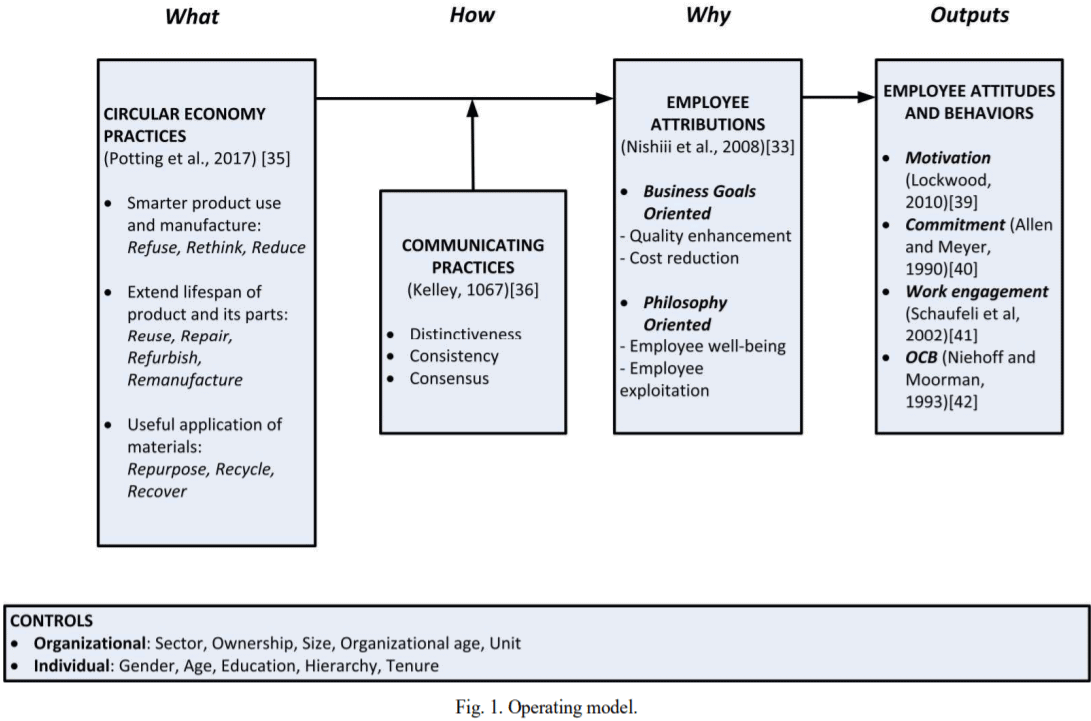
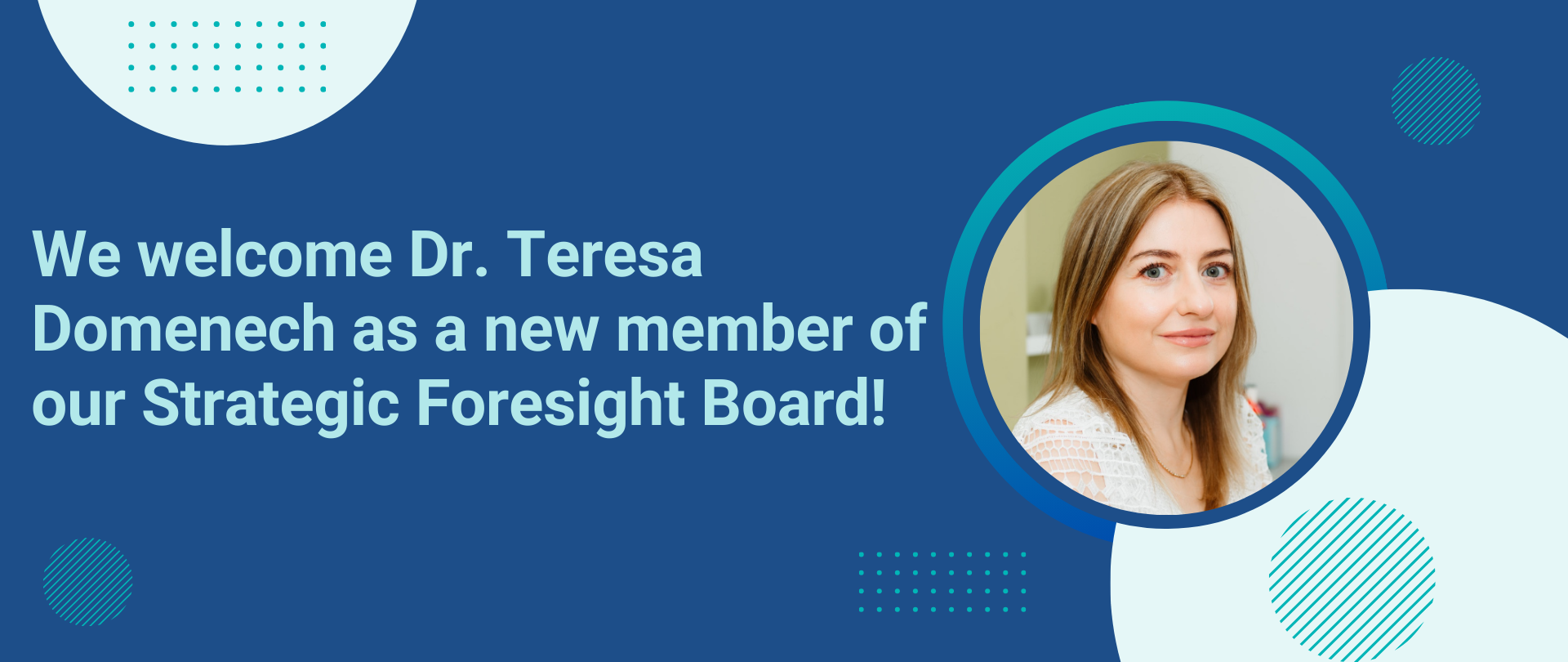


















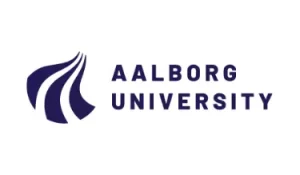





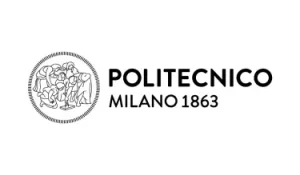













































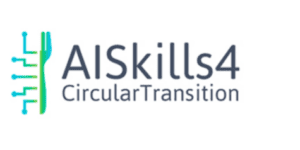
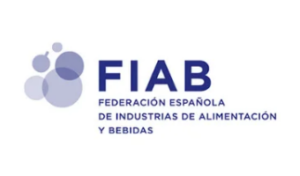













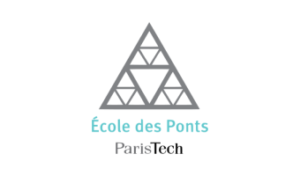
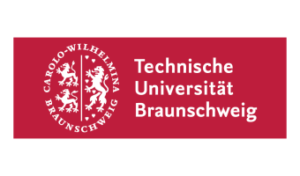




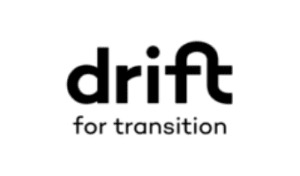

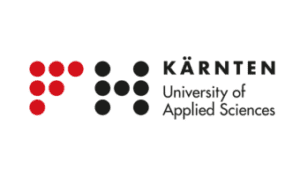

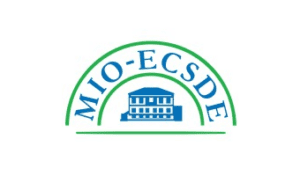


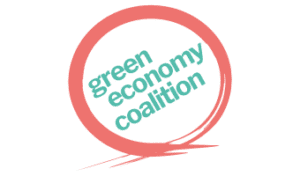

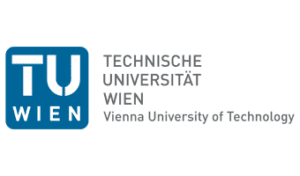



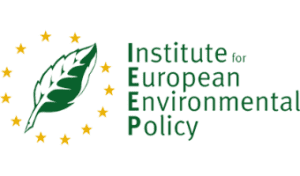







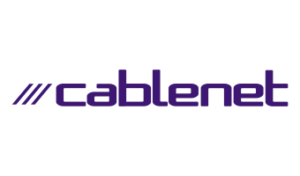


0 Comments